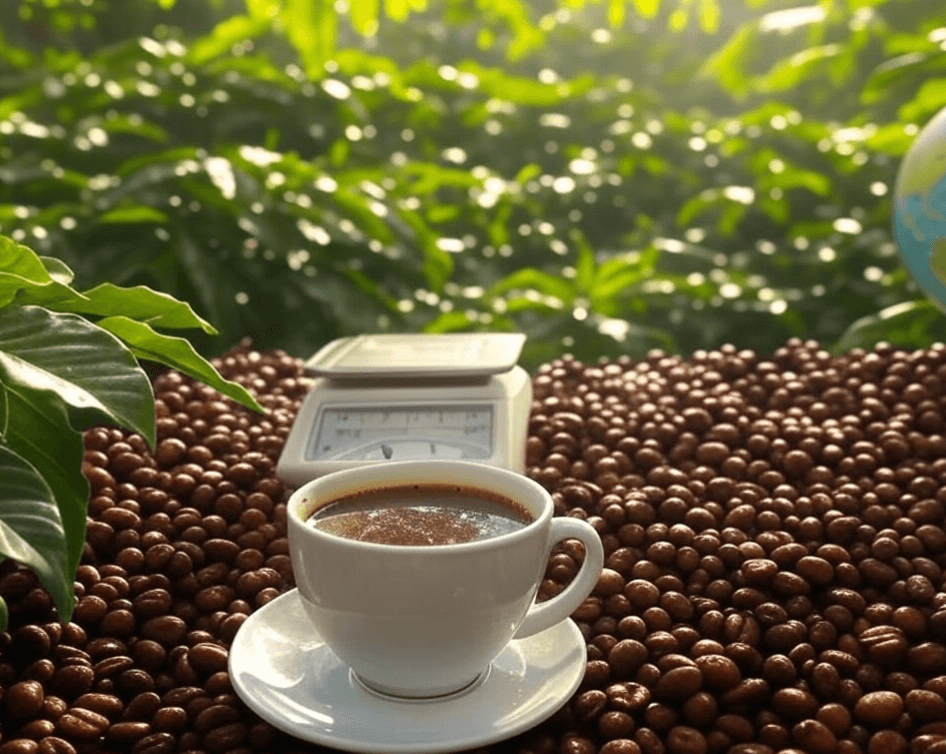Why Your Morning Coffee Costs More in 2025: Unpacking the Price Surge

If you’ve noticed your coffee bill creeping up lately, you’re not alone. As we sip our way through 2025, coffee prices have hit levels not seen in decades, leaving caffeine lovers and café owners alike wondering what’s behind the spike. Spoiler alert: it’s not just inflation playing tricks on us. From unpredictable weather to global demand, here’s what’s brewing in the world of coffee—and why your daily cup might feel like a luxury these days.
A Perfect Storm for Coffee Crops
Let’s start with the beans themselves. Coffee doesn’t grow in your backyard (unless you’re in a tropical paradise), and the places it does call home—like Brazil and Vietnam—have been hit hard by Mother Nature. Brazil, the world’s top coffee producer, faced a brutal drought last year, followed by heavy rains that didn’t quite fix the damage. The result? Smaller harvests and stressed coffee trees. Across the globe in Vietnam, which pumps out most of the robusta beans used for instant coffee and espresso, drought and erratic rainfall have slashed yields too. These two countries alone account for a huge chunk of the world’s coffee supply, so when they stumble, we all feel it.
Climate change isn’t helping either. Experts say rising temperatures and extreme weather are making it tougher to grow coffee consistently. Some even predict that by 2050, half the land currently used for coffee could become less viable. That’s a long-term headache, but right now, it’s already tightening the supply and pushing prices skyward.
Demand Keeps Percolating
While supply takes a hit, our love for coffee isn’t slowing down. Globally, coffee consumption is climbing—up 3.4% since 2018, with places like China seeing a 15% jump in just the last year. More people are reaching for a cup, whether it’s a quick espresso or a fancy latte, and that demand is outpacing what farmers can produce. In the U.S., over 75% of adults enjoy coffee weekly, and at-home brewing spiked after the pandemic. We’re not cutting back, even as prices rise.
Small Roasters, Big Value: Why Self Rez Coffee Shines
Here’s where things get interesting. While big brands pass on those rising costs with a side of stale, mass-produced beans, small business roasters like Self Rez Coffee offer a smarter way to sip. With roast-to-order coffee, you’re not just paying for a bag—you’re getting beans at their peak freshness, roasted only after you place your order. That means richer flavor, bolder aroma, and none of that flat, shelf-sitting taste you’d find in a supermarket bag that’s been sitting for months.
Plus, small roasters like Self Rez often source directly from farmers, cutting out middlemen and ensuring you get more quality bang for your buck. In a world where coffee prices are climbing, that freshness and care translate to real value—every cup feels like a steal compared to the watered-down, overpriced stuff from corporate giants. It’s the kind of coffee that turns a pricey morning ritual into something worth savoring.
What’s Next for Coffee Lovers?
The big question: will prices ever come down? Maybe, but not anytime soon. Brazil’s next harvest might ease things if the weather cooperates, but global stocks are low, and volatility is the name of the game. Plus, new regulations, like the EU’s deforestation rules kicking in late 2025, could keep costs elevated by adding red tape for exporters.
For now, coffee’s still worth it for most of us. It’s more than a drink—it’s a ritual, a comfort, a kickstart. And with options like Self Rez Coffee, you can stretch those dollars further without skimping on quality. Brew at home with some vanilla or caramel flair, and you’ve got a café experience for less. Whatever happens, one thing’s clear: the story of coffee in 2025 is as complex as its flavor—and we’re all along for the ride.




